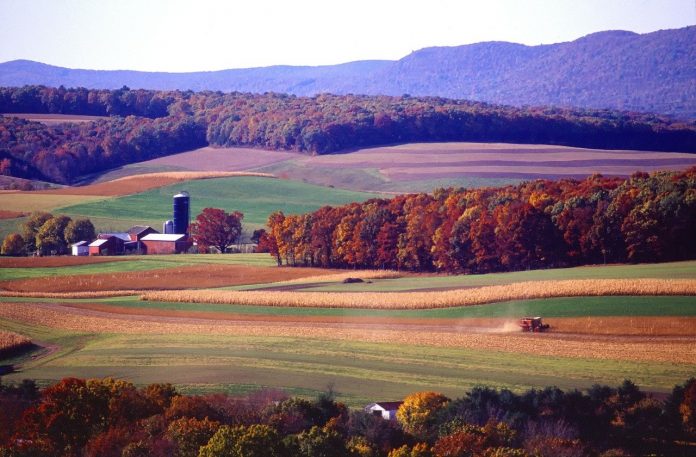If American farmers and ranchers really want to live the oft-repeated boast that they are “the first environmentalists,” then, by golly, Joe Manchin and his Democratic Senate colleagues have the legislative vehicle to prove it.
Manchin, the chief monkey wrencher of Dem dreams for the last two years, shocked everyone when he and Senate Majority Leader Chuck Schumer agreed on a proposed budget reconciliation bill that includes $369 billion to address climate change.
Equally stunning is how much of that money is ticketed for the U.S. Department of Agriculture to use on conservation and climate change projects: “Nearly $40 billion,” according to Sen. Debbie Stabenow, chair of the Senate Ag Committee.
According to the Stabenow, most of the money flows to three general areas — climate smart agriculture, rural power and clean energy and wildfire protections and climate smart forestry.
By itself, climate smart agriculture will claim half the windfall to bankroll many oversubscribed, underfunded farm and ranch programs like the Environmental Quality Improvement Program and the Conservation Security Program.
EQIP alone is slated to receive $8.45 billion, a massive infusion that, among other things, will expand cover crop use and pay for acres of new perennial grass, says Ben Lilliston, director of rural strategies and climate change at the Institute for Agriculture and Trade Policy.
For its part, CSP, another hugely oversubscribed/deeply underfunded program, will receive $3.25 billion, explains Lilliston, to help farmers develop “whole farm conservation” plans to implement environmentally-directed “working farms.”
This new spending has many sustainable ag groups praising the forward-leaning bill.
A spokesperson for the National Sustainable Agriculture Coalition, an effective “green” ag group on the Hill, noted that if the final bill passes, “Congress is poised to make a once-in-a-generation investment in effective working lands conservation programs — such as CSP, EQIP and others — that will put farmers at the center of our national response to the climate change crisis.”
Smell test
But like all legislative sausage, a portion of the USDA money is ticketed for farm and ranch programs that look like new climate change solutions but smell more like updates of previous programs of either mixed or little value.
Two prominent examples are carbon sequestration and manure digesters. The Manchin plan incentivizes large corporate CO2 emitters to capture their emissions to then store in the soil. That two-step process would involve two other technologies that are far from proven: carbon pipelines and carbon sequestration.
Manure digesters are equally troublesome. For example, according to a July 27 report authored by Lilliston and IATP’s Executive Director Sophia Murphy, digesters are far from “green.” In 2000, they note, “there were just 25 digesters in operation in the U.S.; by 2021, the EPA (Environmental Protection Agency) counted 317.”
Despite that rapid rise, “agriculture methane emission” — the key greenhouse gas digesters were built to address — “have risen steadily by nearly 7% over the period.”
And, the IATP pair add, “Methane digesters are enormously expensive, costing an estimated $4.2 million for a 2,000 dairy cow operation” which “means only the largest operations can afford them, and even then, only with financial help from the government.”
There are other clunkers in the larger reconciliation bill — that, overall, weighs in at $739 billion — like opening millions of publicly-owned acres to mineral and oil exploration.
Ag group endorsed
Still, progressive ag groups like IATP and the Sustainable Ag Coalition have endorsed the Manchin bill as a “farmer-focused and research-driven path” to addressing climate change. Many see it as a road map to key reforms in upcoming Farm Bill talks.
That last point might be a wind turbine too far.
Left out of the Manchin bill is needed funding for other critical USDA programs, reported Politico, such as “$10 billion for child nutrition, $22 billion for forestry and $8 billion for conservation programs” like the Conservation Reserve Program, the biggest “green” element of all Farm Bills since 1985.
Still, there are 40 billion other green reasons in the bill — dollars — to attract farmer and rancher support, climate-minded or not.














